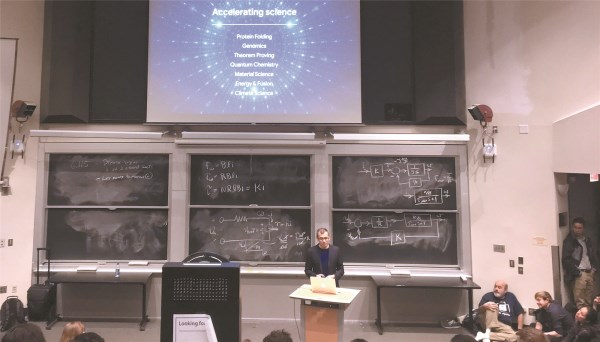Yang Yiminga and Liu Taob
a and b School of Language Science, Jiangsu Normal University
Abstract:Trace theory is a very important linguistic hypothesis within the framework of Generative Grammar. But whether the theory is correct, namely whether the assumed empty trace exists in syntactic representation, must be verified by experiments concerning the neural mechanisms of language. On the basis of Generative Grammar, the current study uses event- related potentials (ERP) to examine the neural mechanism of trace in Chinese topicalized constructions. The results show that three types of waves (a sustained negativity, a negativity elicited by the verb and a P600 elicited at the sentence-final position) are observed in the processing of Chinese topicalized constructions. These neural electrophysiological indexes indicate that the sentence-initial topic does leave a trace in the position out of which it moves, i.e. the sentence-final position, suggesting that there is a syntactic dependency between the topic and its trace. Consequently, we draw the conclusion that trace is neurologically supported in Chinese topicalized constructions and trace theory isneurophysiologically viable. Meanwhile, the study also adds neural evidence to the view that Chinese topicalized constructions are structures derived from syntactic movement.
Keywords: trace, topicalized construction, neural mechanism, event-related potentials



